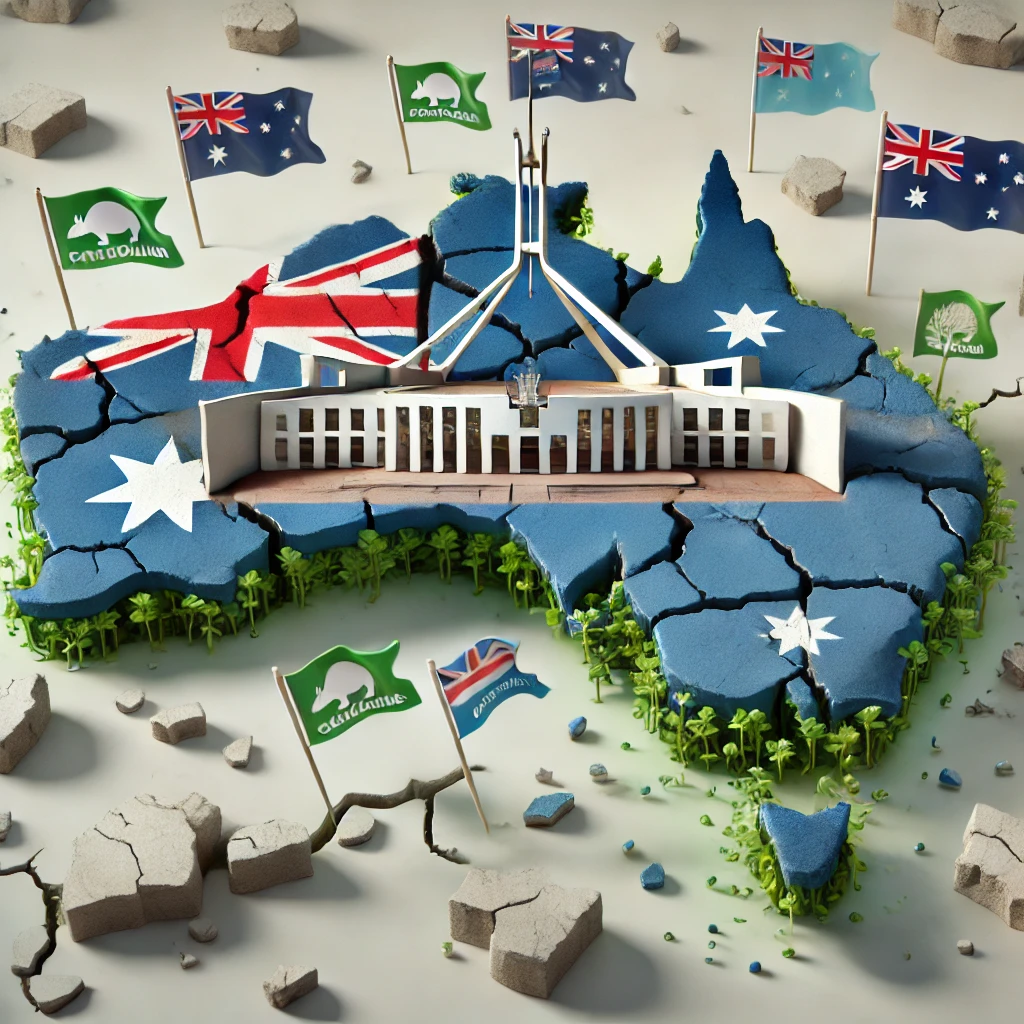The Inside Word

The New Significant Minority
With only four sitting weeks remaining for the federal parliament this year, there’s little time to tackle a packed agenda before the customary January lull. As Australia settles into the quieter period leading up to January 26th, political attention will increasingly turn toward a significant year of elections.
The next federal election is due by May 2025, following the last one on May 21, 2022. But before we look ahead to 2025, this year promises to capture the attention of election-watchers both at home and abroad. Queensland heads to the polls on October 26, with the outcome seemingly predictable, while the United States will hold its complex presidential election on November 5. Next year, Western Australia follows with its election on March 8, a date that could overlap with federal election considerations.
This leaves Prime Minister Anthony Albanese with limited room to choose an ideal time for the federal election. Balancing a crowded electoral calendar with the demands of a first-term government seeking a second term adds to the complexity. While Australian governments often secure a second term, nothing is guaranteed, especially in the current political and economic climate.
Securing a second term in Australian federal politics typically hinges on a range of factors: leadership strength, party unity, economic conditions, and the influence of minor parties and independents. Historically, several governments have struggled to win consecutive terms. Edmund Barton, Australia’s first Prime Minister, led his government from 1901 to 1903 but failed to secure a second term. More recently, John Howard in 1998 won re-election by a narrow margin, challenged by Kim Beazley, who secured the popular vote but failed to gain enough seats.
The political landscape can shift quickly, as evidenced by the rise and fall of Kevin Rudd’s government. Rudd’s landslide victory in 2007 was followed by internal party conflict, leading to his ousting by Julia Gillard in 2010. Gillard went on to form a minority government, relying on independents and the Greens after a hung parliament, only for Rudd to briefly return before Labor’s defeat in 2013.
Australia’s political history includes a handful of notable minority governments, such as John Curtin’s Labor government during World War II, which governed from 1940 to 1941 with the support of independents. These examples highlight that, while Australian voters often give first-term governments a second chance, political outcomes are never certain.
Looking ahead to the 2025 federal election, both major parties face challenges. The Coalition appears unlikely to gain enough seats to form government, while Labor may struggle to retain a majority. This opens the door for a potential minority government, with the growing influence of independents, Greens, and the Teal movement playing a key role.
As we approach the next election, it’s possible that 2025 will add to Australia’s history of significant minority governments, where independents and minor parties hold more sway than ever before.


